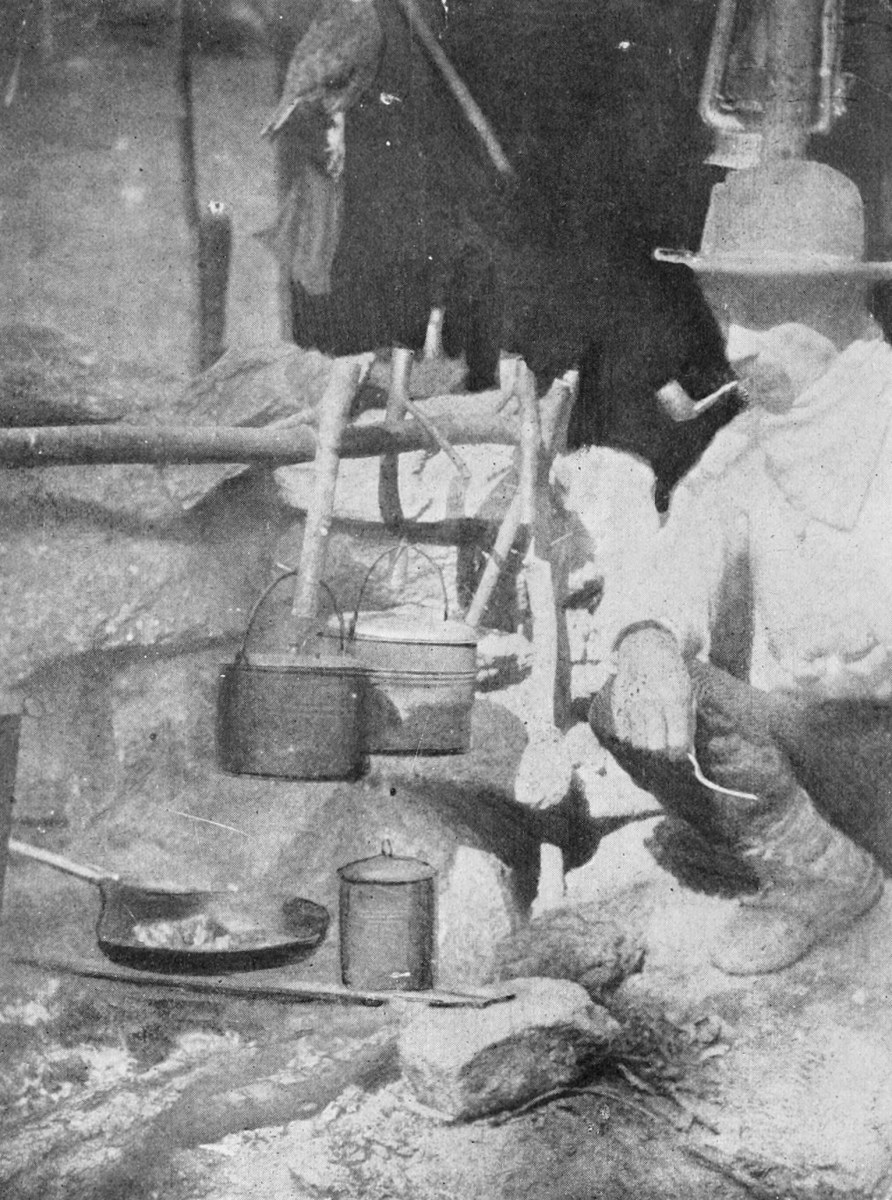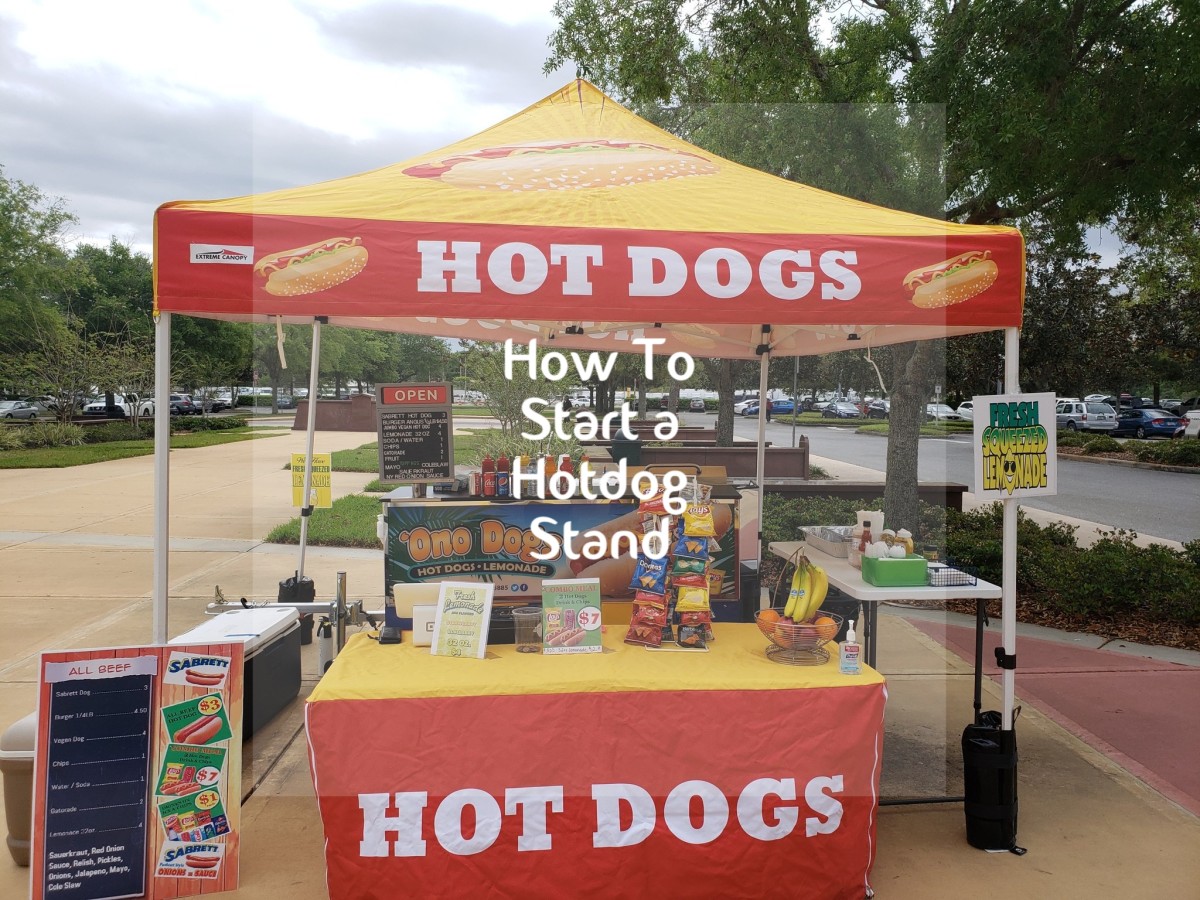Explain The Hotdog to Bun Ratio
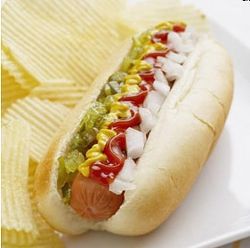
Question of the Week #4
Buns have always had less in a package than the hotdogs. What is up with that? Why have the hotdogs and buns not been working out? This is what spawns a question like this -
Please explain the hot dog to hot dog bun ratio. Why for the love of mustard are there never enough buns?
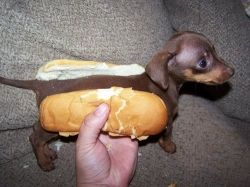
First Place
"Well....it all comes down to this ,some people are greedy when it comes to eating hot dogs. They either end up eating some as soon as they open the package, or they sometimes feel the need to stuff more than one hot dog into one bun. Therefore, buns only need to come in packs of 8 because the hot dogs get used up so easily.(Me I like to cook them then eat them without the bun as soon as they are ready) If people weren't so greedy, then buns could eventually be sold in packs of 10...if they already aren't. But actually meat is generally sold by the pound, buns are sold by the dozen making nice compact packages. There are 10 hot dogs to the pound and manufacturer changes are a pain and can be expensive to change so the situation has been allowed to continue because the people meekly submit to it. Or It is a secret government who's whole point is to make the lives of everyone else bad. If you do not believe this then the government will not bother you but for those who know about this secret organization then they will try to hunt you down. They just do it to mess with our logic."
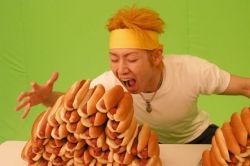
Second Place
“Well a lot of people don’t know the answer to this question and I expect that there will be a lot of crazy made up answers to this question but this past weekend I went on a trip to Hershey Pennsylvania where the 10 dog 8 bun issue began and did a little research. These are my findings. As we all know Hot Dogs came from sausage links that came over with Irish, and Swedish immigrants before the Revolutionary War. The term “hot dog” came from back in the 1840s when certain vendors were accused of making them out of stray Dog meat to save money. And the name hot dog stuck. Around 1880 people stopped slicing the sausages and started wrapping them in bread and dipping them in assorted sauces. (However this was a very low class thing to do and you would never find upper class people eating an entire sausage without cutting it). So where does the bun to dog problem happen? In Hershey PA in the Lowdenbell household where two cousins grew up together. Henry Lowdenbell Jr. and his adopted cousin George Harrellson (mother was abandoned by father and died in childbirth. He went to live with his uncle Henry’s family) grew up together. Henry being slightly older and the bigger of the two was smart charming and proud. His family was the proud owners of the Lowdenbell Sausage Manf. George was a year younger, small and timid and was in charge of slicing the bread that the company sold to go along with the sausages. One day (as the story goes) Henry Jr. and some friends were playing near the top of some falls when Henry decided to play a game. Who could get the closest to the cliff? As the boys inched forward towards the falls they began to fall back in fear. One by one they went as the small group got closer and closer. Eventually Henry was one of the last two boys and there was very little distance left between them and the edge. In a last effort to win he leapt to the edge where he lost his footing and fell 6 feet below to a small ledge on the cliff. All of the boys thinking that he was dead ran furiously back to the town in fear, except for little George. George (who was standing far away because he was never quite comfortable with Henry and his friends) was able to see that Henry hadn’t fallen all the way to his death. He quickly took off his shirt, ran to the edge, found solid footing, and lowered a sleeve down to Henry who grabbed on for dear life. After a few failed attempts to pull him up the ledge Henry was standing on broke off and fell hundreds of feet into the misty falls. Henry, now suspended in mid air with nothing but a shirt sleeve and a small George to hang on to, thought he was doomed. However, through the boisterous noise of the falls and the screaming that seemed to be going through his mind he was able to hear little George (as they called him) yell “don’t worry Henry, I’ll hold you as long as I have to until they get here.” And hold him he did. For 2 hours the boys sat on the edge of the cliff waiting for aid before it finally came. They both survived and Henry never forgot the gesture. When they grew up they split the family business so that Henry Jr. sold sausages and little George began making shaped bread for the sausages. Each loaf having eight slices of bread and each package having 8 sausages or hot dogs. However, every week the two men would trade between each other a package for a loaf. But in a seeming notion of gratitude Henry Always added two extra dogs (rumor says one for each hour that little George waited) in each package for the 52 years that the men traded between each other. When Henry III took over his father’s company he continued to honor the notion of his father and the memory of George by adding 2 extra dogs in each package of hot dogs that the company sold. It being the nation’s largest producer of hot dogs the 10 dog package seemed to be the standard and to this day people unknowingly honor the great act of courage shown by Little George Harrellson to his cousin and friend Henry Lowdenbell Jr. There you go. I hope you enjoyed this.
Copyright.2011 Green-T publishing Co.”
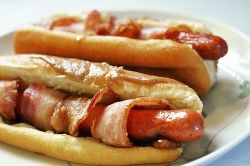
Third Place
"I submit that there are not enough buns due to a pig conspiracy. The pigs are definitely on to what we are doing to them, so they sneak a few pigs out of the compound every night. The workers don't want to admit that pigs are getting loose so they just package what they can after they've slaughtered the pigs that were part of the conspiracy. Unfortunately, they never get all of the conspirators which means that the trend continues"
Other Answers
“Well during the Great Depression, when a single loaf of bread would cost a wheelbarrow full of money, the Food and Drug Administration (FDA) and International Alliance of Food Distribution (IAFD) compiled a list of how different food, and in this case, bread and consequently hot dog buns, would be distributed. Because the American Dollar was of such poor value, the buns were packaged according to necessities of the customer. In simpler terms, the hot dog buns would only be packaged on site, depending on the size of the order. Since most families during the depression numbered about 4 (with two parents and two children) each package was consistently ordered at 8 hot dog buns. Two per person in the family. After the great depression, when hot dogs without a bun became a norm, the FDA and IAFD decreed that hot dogs should be packaged in sets of 10+, while buns remain at 8. Thus allowing those who want their hot dog with a bun to have it and those who want it without, can have it as well.
Over the years, this style of packaging has often come up in FDA and IAFD committee meetings, but has always been postponed due to the “HNN1” outbreak and the “Bird Flu” outbreak. It is also of note, that hot dogs and hot dog buns have increased in size over the years to compensate for lack of hot dogs/buns in the packages. Hot Dogs during the Great Depression measured approximately 5 inches in length and only a 1/2 inch in diameter. Now a days, hot dogs can measure up to 8+ inches and ¾ inches to 1 inch in diameter. This may be a result of over-sized helpings that run standard throughout North America.
Hope that helps!”
“The ratio is a simple matter of risk factor. There is a very high risk factor that you will lose or utterly destroy beyond eating a hotdog as you cook, barbeque, skewer, put over the fire on a stick, or sit there looking at that scrumptious dog. You will lose/eat/destroy around two of them every time you have hotdogs. Buns on the other hand are not tempting to eat plain, they get put on a grill and fall through cracks into the fire and they normally don’t even get taken out of the package until you are ready to eat it with a hotdog. That way if you buy a ten pack of hotdogs and loose two, you have just the right number for the buns.”
“In my case, usually because my dog eats them when no one’s looking! :P”
“Well here is the thing. There are usually 8 buns in a package and 10 dogs in a package. The buns people got together with the dog people to brainstorm ways to raise money. They decided that they would offset their packages by two so that when the average grocery shopper went to buy BBQ supplies they would have to buy more of each to even it out. They decided that instead of buying one package of each item and have the count be uneven, the consumer would instead buy 5 packages of buns for a total of 40 buns and 4 packages of dogs for a total of 40 dogs. Therefore the bun/dog ratio is even and the dog and bun people make more money. “

